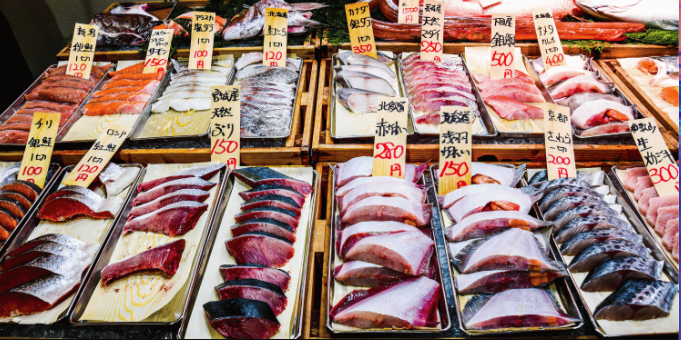What if, one day, your favorite chicken rice stall stopped serving chicken? Or if long queues at the supermarket became the norm, with daily rations s
What if, one day, your favorite chicken rice stall stopped serving chicken? Or if long queues at the supermarket became the norm, with daily rations similar to past water rationing exercises? While such scenarios may seem extreme, they underscore a pressing concern—Singapore’s heavy reliance on imported food, which could lead to serious shortages if disrupted.
Singapore’s Dependence on Food Imports
Despite a thriving food culture, Singapore produces less than 1% of its own food, importing over 90% from abroad. In today’s world, climate change, geopolitical tensions, and disease outbreaks are all increasing risks to global food supply, placing import-reliant countries like Singapore in a vulnerable position.
Rising Prices
If Singapore’s imports were suddenly disrupted, one of the first changes could be a sharp increase in food prices. In 2022, for instance, Malaysia’s fish supplies decreased significantly due to environmental and economic factors, causing local seafood prices to jump by 4.7% over six months. The same year, Malaysia’s chicken export ban pushed up chicken prices in Singapore by 10-30%.
Panic Buying
Disruptions can also lead to panic buying. During the early days of the COVID-19 pandemic, essential items like eggs and cooking oil quickly disappeared from shelves as Singaporeans stocked up in fear of shortages.
Food Alternatives
Should certain food imports be disrupted, Singaporeans might need to consider alternative ingredients or dishes. For example, in 2022, Singapore hawkers began using frozen or chilled chicken from alternative sources when fresh chicken supplies from Malaysia were cut.
Diversifying Food Sources
Singapore has long planned for such contingencies by diversifying its food imports. Eggs, for example, are sourced from nearby countries like Malaysia and also from distant places like Poland. The chicken shortage from Malaysia last year was mitigated by importing chilled chicken from Australia and Thailand, along with frozen chicken from the US and Brazil. Singapore has even begun importing live chickens from Indonesia.
Local Food Production as a Backup
Reliance solely on imports can be risky, so Singapore’s “30 by 30” goal aims for local farms to meet 30% of the country’s nutritional needs by 2030. To achieve this, the Singapore Food Agency (SFA) supports the development of high-tech, sustainable farming practices. The new agri-food hub at Lim Chu Kang, covering 3.9 square kilometers, will play a key role in this plan, boosting local food production while optimizing resources and reducing environmental impact.
Learn More at the Agri-Food Hub Exhibition
Those curious about Singapore’s food security efforts can visit an upcoming exhibition, “Feeding our Future: Building an Agri-Food Hub for All,” at SAFRA Choa Chu Kang from September 2 to 6, 2023. The exhibition will feature the latest developments in Singapore’s food production, including a farmer’s market showcasing fresh local produce on September 2 and 3.



COMMENTS